- Best Family That’s Not Really Your Family
- Best Church With A Manual Tracking Organ
- Best Diner That’ll Fix You Right Up After A Night Out
- Best Beautification Of A National Monument
Mike McMahon is a fourth-generation Pullman resident. His great-grandmother settled in Pullman in 1928. He is the president of the Historic Pullman Garden Club.
Brett Sechrist lived in a few Chicago neighborhoods before moving to Pullman in late 2015. For the past two years, he’s been renovating and restoring the house he, his wife and daughter live in.
What do you get when you mix a railroad tycoon, urban planning, and an industrial revolution, mix in a sprinkle of volatile labor and civil rights relations, and add over one hundred years of preservation efforts? The Pullman National Monument Historic District. Once its own town, Pullman is locked within Chicago’s Victorian era. With so many Chicago neighborhoods evolving, Pullman is still a snapshot of life in the nineteenth century. Once deemed “The World’s Most Perfect Town,” Pullman was built as a company town for the Pullman Palace Car Company. The company, owned and operated by magnate George Pullman, produced luxury sleeping cars for rail lines all over the world. These cars serviced your average Joes and international royalty as mass transit began to move populations to every corner of modern civilization.
Pullman‘s need for labor and unheard-of living conditions—indoor plumbing, gas lighting, steam heat, waste collection and general maintenance, all provided by the Pullman Company—attracted skilled immigrants from across Europe. Running water, beautiful public parks, a recreational island, a man-made lake, and meticulously designed streetscapes were all part of Pullman’s utopian vision. But a cut to factory workers‘ wages in 1894 triggered a strike that escalated into a national boycott of Pullman cars. Fast-forward a bit more, and enter: the Brotherhood of Sleeping Car Porters, the nation’s first Black labor union.
When walking the streets today (and inspecting the pristine, 130-year-old row house brick), one can see the efforts made to preserve this heritage. Once slated for demolition in the 1960s, residents of Pullman fought for historic landmark status to save their neighborhood. Some of these preservation warriors can still be found walking their dog, planting their garden, or strolling through Arcade Park with their grandchildren. And those accomplishments are as evident today in 2018 as they were sixty years ago. The historic Greenstone Church, Hotel Florence, and the Thomas Dunbar Home are just a few examples of still-thriving preservation efforts. The Historic Pullman Foundation, the Pullman Civic Organization, and the Illinois Historic Preservation Agency still lead the charge in preserving Pullman.
Generations of individual homeowners, from the home-grown to the new transplants, have been and still are the threads that maintain the historic fabric of Pullman. Most of these homes‘ facades have been restored to 1880s originality by residents themselves. These restored homes, along with other community assets, have been on display for forty-five years in the annual Pullman House Tour in October.
Pullman has recently acquired a new ally in the fight for preservation: the National Park Service, which the neighborhood has been a part of since its designation as a National Monument by then-President Barack Obama in 2015. Park rangers can be seen giving walking tours to students and visitors year-round. The National Park Service is the next runner in the relay race of historic preservation. With the baton passed from community groups, the National Park Service at the Pullman National Monument will honor previous efforts and lead new ones to solidify the history of Pullman, so not to be lost for future generations.
What other neighborhoods have Park Rangers?
Best Family That’s Not Really Your Family
Excerpt from an interview with Brett Sechrist and Mike McMahon
Brett: We fell in love with the community. We weren’t planning on living down here, at the time we were just kinda looking at investment properties, something we could fix up and rent out, and we just had no idea this place was even here. And we come into this neighborhood and all of a sudden you’re like, where am I? It’s like you’re in Mister Rogers’ Neighborhood.
In the first year we were here, I had like five or six close friends in the neighborhood, always willing to help out, super excited to have new people in the neighborhood, willing to put work into the house, and it was just such a welcoming place. You walk down the street and everybody knows who you are, they’re super friendly, asking what you do, what’s going on, if you need help with anything. I think at this point, every single one of my neighbors has helped me work on some part of the house, which is crazy.
Mike: There’s something that this neighborhood does, the friendships you create with your neighbors become stronger than family bonds. I’m a lot closer with the people in this neighborhood than I am with my own family that moved out to the far suburbs. Is it the proximity, cause we’re all on top of each other in these row houses? Probably. Like I said, I’m closer with Jimmy…that’s Uncle Jimmy to me, but you know, we’re not related. Everyone’s like, “Oh that’s your uncle,” and I’m like, well, not really. Or I might say, “Oh, that’s my cousin Tommy at the end of the street.” “That’s really your cousin?” Well, kind of, but not really.
SSW: So, how much longer until you [Brett] become an uncle or a cousin to someone here?
Brett: I don’t know…gotta wait until [Mike] gets a kid I guess.
Mike: Oh Jesus. (Adam Przybyl)
Best Church With A Manual Tracking Organ
Greenstone Church
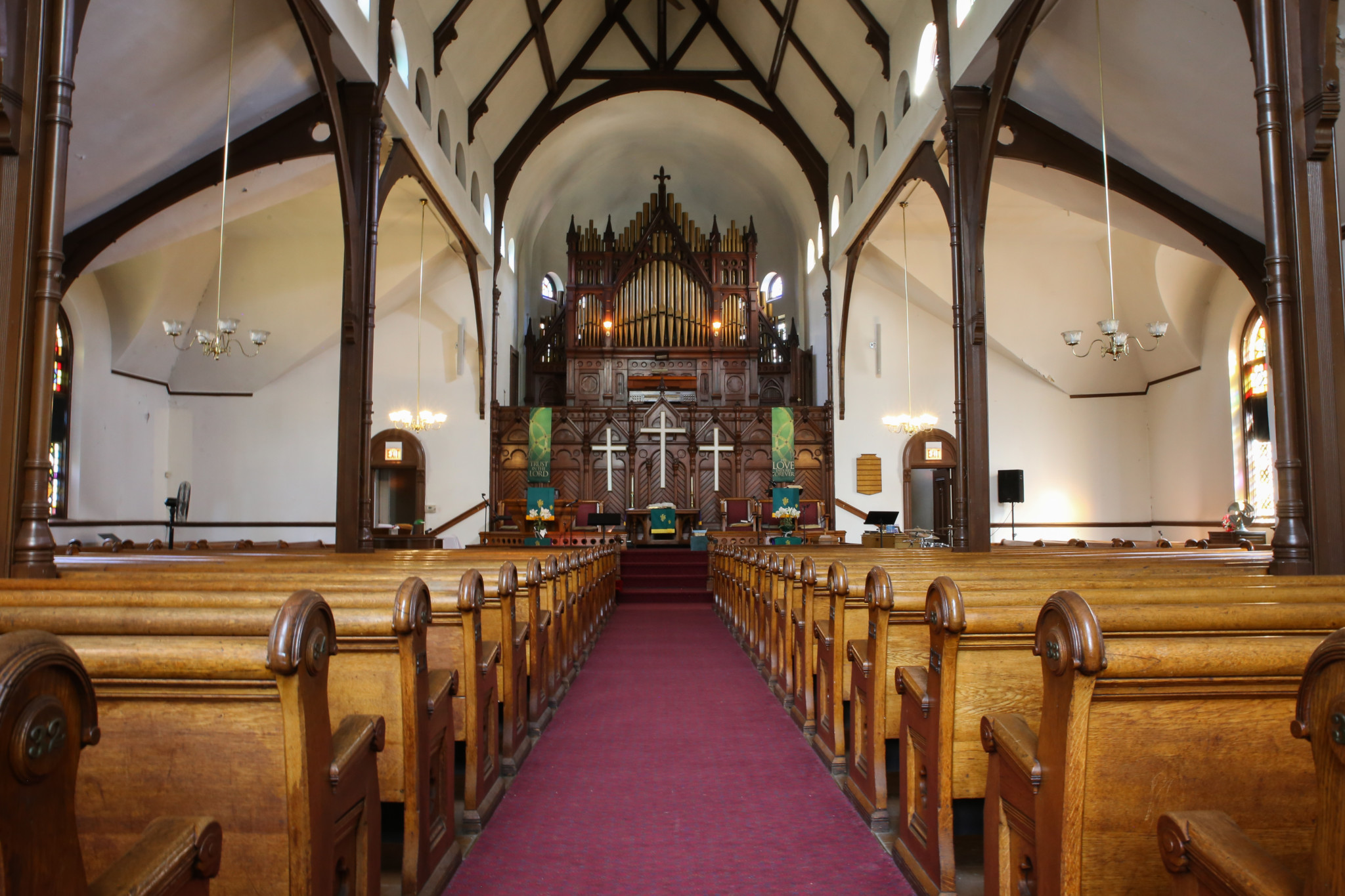
Whosever job it was to name Greenstone Church didn’t beat around the bush. Sticking out among the sea of red bricks—drawn from the claybed of nearby Lake Calumet, and used to build nearly every building in Pullman—the main façade of Greenstone Church is made from Pennsylvanian serpentine, a naturally occurring green stone, and topped with a bright copper green spire. Built in 1882 and based on the design of Solon Beman, the star architect of Pullman, the church was to serve two objectives: have all the workers worship in one building, and bring in profit from rent. Coming from a Unitarian Universalist background, perhaps George Pullman didn’t realize how staunch all the different denominations, spread across numerous ethnicities, would be to their respective faiths. That—and the high rent—meant that the church stood empty for a half decade before the Presbyterians became the first tenants in 1887. Other denominations built churches elsewhere or rented space in recreational buildings, such as the Pullman Methodist Episcopal congregation, which worshipped in what was known as Casino Hall.
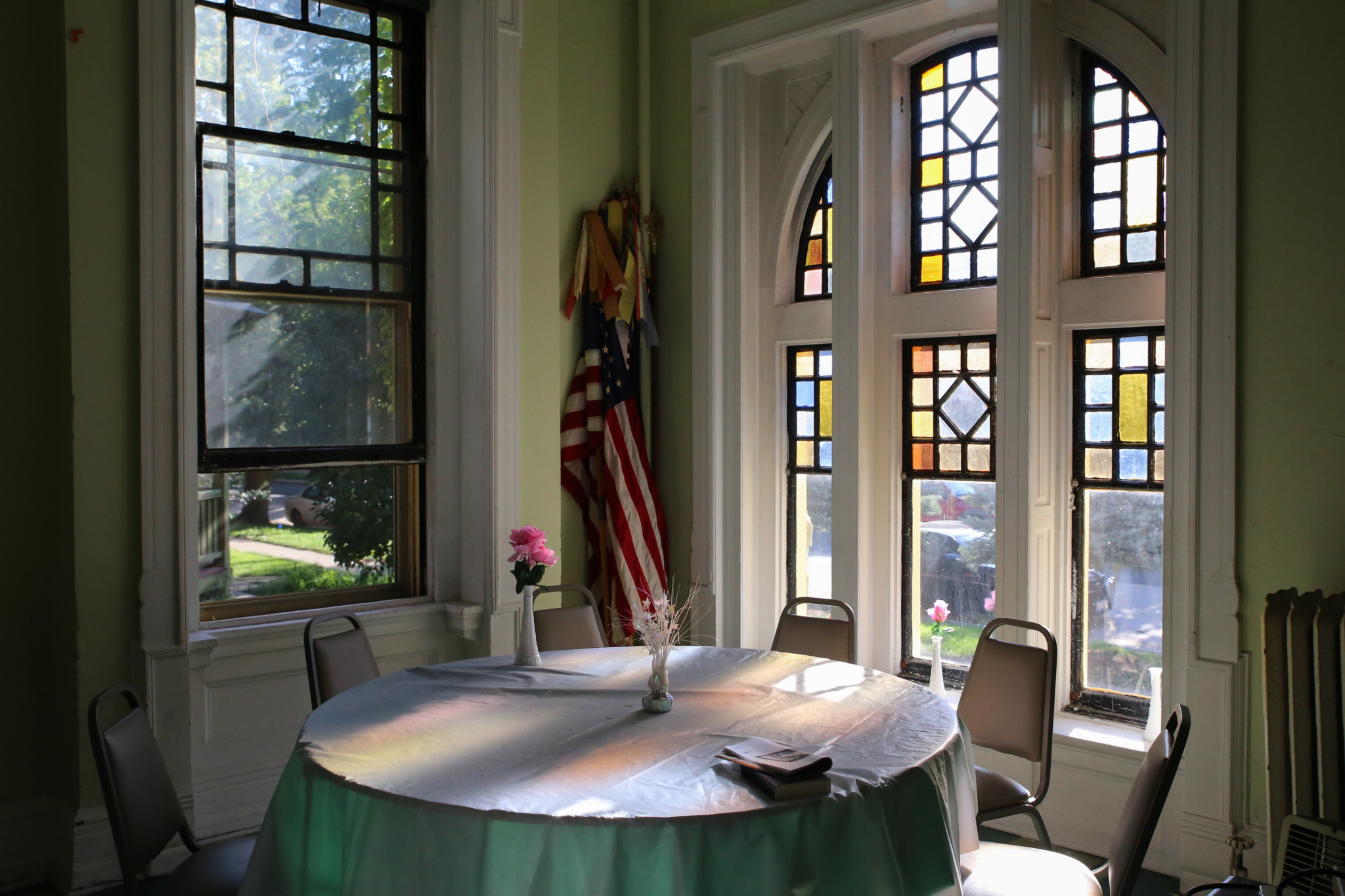
In 1894, when Pullman workers went on strike over lowered wages and the high cost of living, the Reverend E. Christian Oggel of the Presbyterian congregation spoke against the strike, first arguing that the workers already had enough, then switching tack and saying that the strike broke the Golden Rule, and finally prophesying that the strike was doomed to fail. As the story goes, he lost twenty percent of his congregation that night.
Meanwhile, Reverend William H. Carwardine from the Methodist congregation announced his support for the strikers in a blazing sermon in which he demanded to know why Pullman hadn’t also lowered the salaries of the factory bosses, or done more to support the workers during the good times, like building an “emergency hospital…so badly needed” and providing for a winter relief committee. “It is such acts on the part of rich corporations that are hurrying the Nation to the Niagara of industrial revolution,” he thundered.
That commitment to stand for justice has remained with the Methodists since then, and in 1907 the congregation bought out the church building from the Presbyterians. At one point boasting a hundred worshipping families, the Methodist congregation has gone through declining membership and mergers, but remained in the church through it all. “It’s a hard charge,” said Pastor Luther Mason, who explained that before he came in 2013, there had been seven pastors in the eleven years after a 2002 merger. He works to keep the church and services as open to the community as possible—there’s even a few non-Methodists who come.
The building itself isn’t the only historically significant part of the church. The church contains a Steere & Turner manual tracking organ, also built in 1882, one of the few remaining such instruments in the country. Aside from switching over from hand bellows to a water-powered and then an electrical blower, the organ has remained unchanged for 136 years. The organ, which contains 1260 pipes that range in size from an elephant trunk to a pencil, has two keyboards, a pedal board, and more than twenty trackers that allow an experienced keyboardist to unleash the aural equivalent of a full orchestra: flutes, oboes, bassoons, strings, trumpets, and more. Pastor Luther, an organ enthusiast, demonstrated the range and power of the organ with a few hymns, one of which he had arranged himself. Come hear the organ, come see the stained glass windows, come talk to Pastor Luther about the history of the church and its mission of justice. (Adam Przybyl)
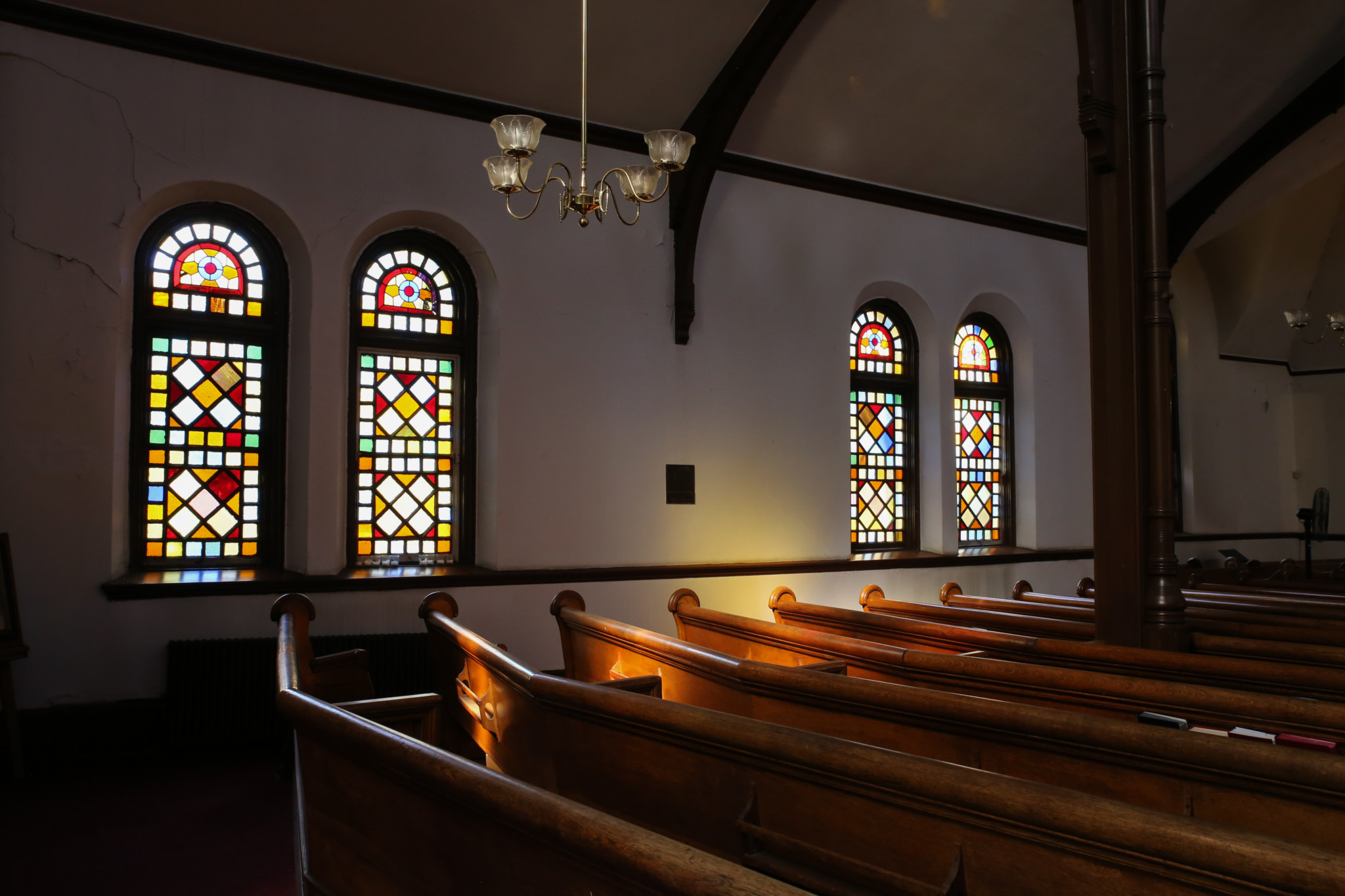
Greenstone United Methodist Church. 11211 S. St. Lawrence St. Services Sunday, 11am–2pm. Bible Study Tuesday, 6pm–8pm. (773) 928-7870. greenstoneunitedmethodistchurchchicago.wordpress.com
Best Diner That’ll Fix You Right Up After A Night Out
Cal-Harbor
The exterior is plain and white, with a yellow awning perched on the building that sits between residential Pullman and the Sherwin-Williams paint factory. The interior, at first glance, is typical diner style: cushioned vinyl booths, a low bar with stools, and a splash of wood paneling. But step into the back, and you’ll find the kind of bar that serves liquor starting at 7am on weekdays and a faithful group of locals having a drink and talking about the news of the day. The menu offers standard diner options like omelets, skillets, pancakes and French toast, as well as sandwiches, burgers, and larger dinner entrees, all of which you can see being made to order in the open kitchen in the main room. Remarkably, all the prices seem to be about two to three dollars cheaper than other diners around the city without sacrificing food quality, service, or aesthetics. You could easily get a hearty meal and drink for under twelve dollars, and still have leftovers. As one Pullman resident told me, Cal-Harbor was the perfect place to recuperate after a bachelorette party. If you ever find yourself hungry and a bit hungover in Pullman in the wee hours of the morning, head on over to Cal-Harbor. They’ll take care of you. (Adam Przybyl)
Cal-Harbor Restaurant and Lounge. 546 E. 115th St. Open daily, 5am–3pm, bar open until 10pm. Cash only. (773) 264-5435.
Best Beautification Of A National Monument
The Gardens of the Historic Pullman Garden Club
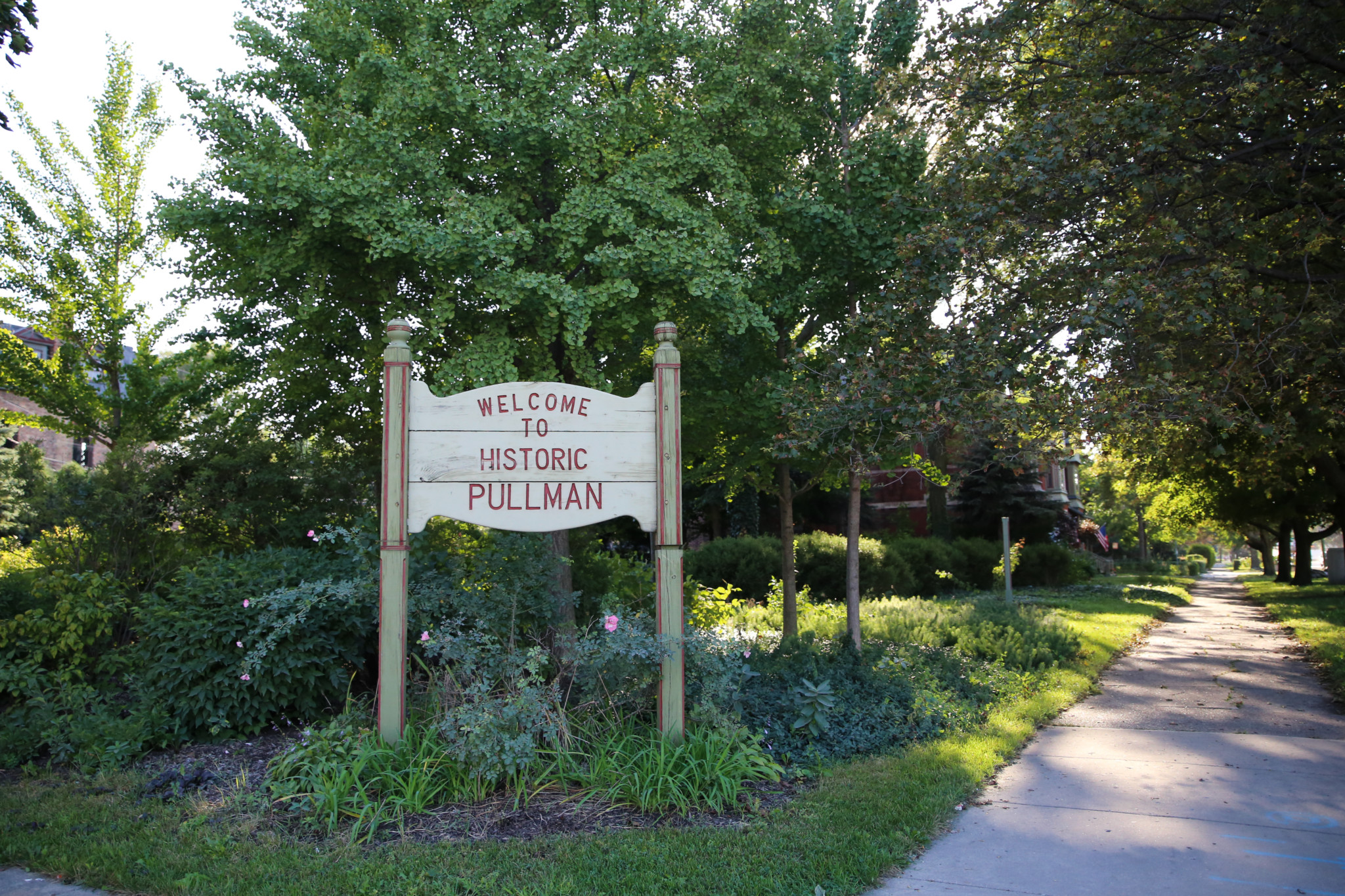
“When you plant something, that’s not the end, that’s the beginning,” Susan James told me as we walked through the Gateway Garden, one of the areas tended to by the Historic Pullman Garden Club. James, a former president of the club, was talking about the maintenance required after the initial planting of a garden—“It’s like a pet,” she later explained, “you have to take care of it until it dies”—but in a way, the beginning lies somewhere in the late nineteenth century, when the town of Pullman came into being. George Pullman, the infamous industrialist who financed the venture, didn’t want it to be all factories and company homes—he wanted Pullman to be beautiful as well. So he hired Nathan Franklin Barrett, a landscape architect from New York, to design the greenery throughout the town and pay special attention to the parts visible from the railroad tracks on the eastern edge of town that would bring in visitors from around the world, such as during the 1893 World’s Fair. Barrett shaped the land around the still-standing clock tower and Hotel Florence, and the now-filled-in Lake Vista, to resemble a bucolic estate in the country. A “pastoral parklet” separated the residential and recreational areas from the factory proper.
That “parklet,” now known as Pullman Park, contains another garden that the club maintains, in addition to three gardens in Arcade Park and the Rose Garden. Established in 1991, the club has more or less always consisted of Pullman residents dedicated to beautifying their neighborhood, especially around buildings and areas of historical significance. As current garden club president Mike McMahon put it, the idea behind the gardens—most of which are visible from the Metra tracks or the arterial 111th Street—is to preserve and recreate the historical beauty of Pullman, both for people who live in and around the neighborhood, and for visitors coming to see the famous company town.
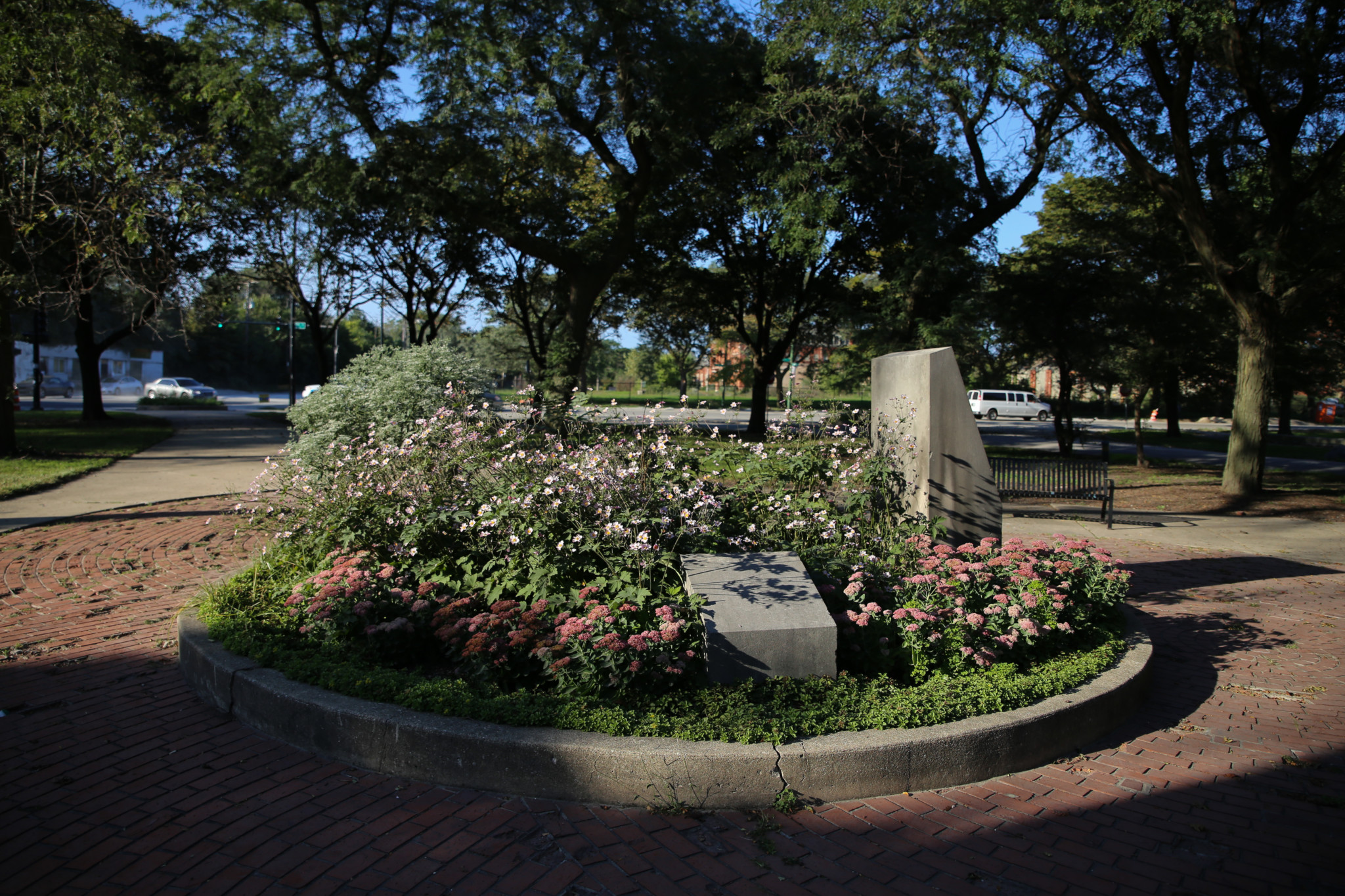
The Pullman and Arcade Parks sit next to the Visitor Center on 111th and Cottage Grove, and contain several round beds of flowers and shrubs: Japanese anemones, Knock Out roses, lilacs, ginkgo and honey locust trees, blue spruce, and more. Gateway Garden, which was an empty lot prior to 2001, sits a few blocks east and is often the first thing visitors see when coming from I-94. At the corner, a sign reads “Welcome to Historic Pullman.” McMahon emphasized that the club has tried to make the gardens in the image of what might have existed back when the town was built, including the choice of flowers.
A dozen or so days a year, club volunteers gather to tend to the gardens and pick up trash. The club’s leadership also organizes lectures, a garden walk in the summer, and a yard sale. While most of the members are retirees, occasionally they get a group of college students to come down and garden for a few hours. Like any volunteer organization, the garden club has seen its membership ebb and flow—especially considering the principal activity is manual labor. But McMahon and James emphasized that this is what makes their garden club special. In a very Pullman kind of way, the club and the gardens subsist on the spirit of neighborly volunteerism and pride in their collective historic past. (Adam Przybyl)
Historic Pullman Garden Club. 11111 S. Forrestville Ave. The club usually meets at the Pullman Center Building (614 E. 113th St.) on the first Wednesday of the month. (773) 568-2441. hpgc.org.

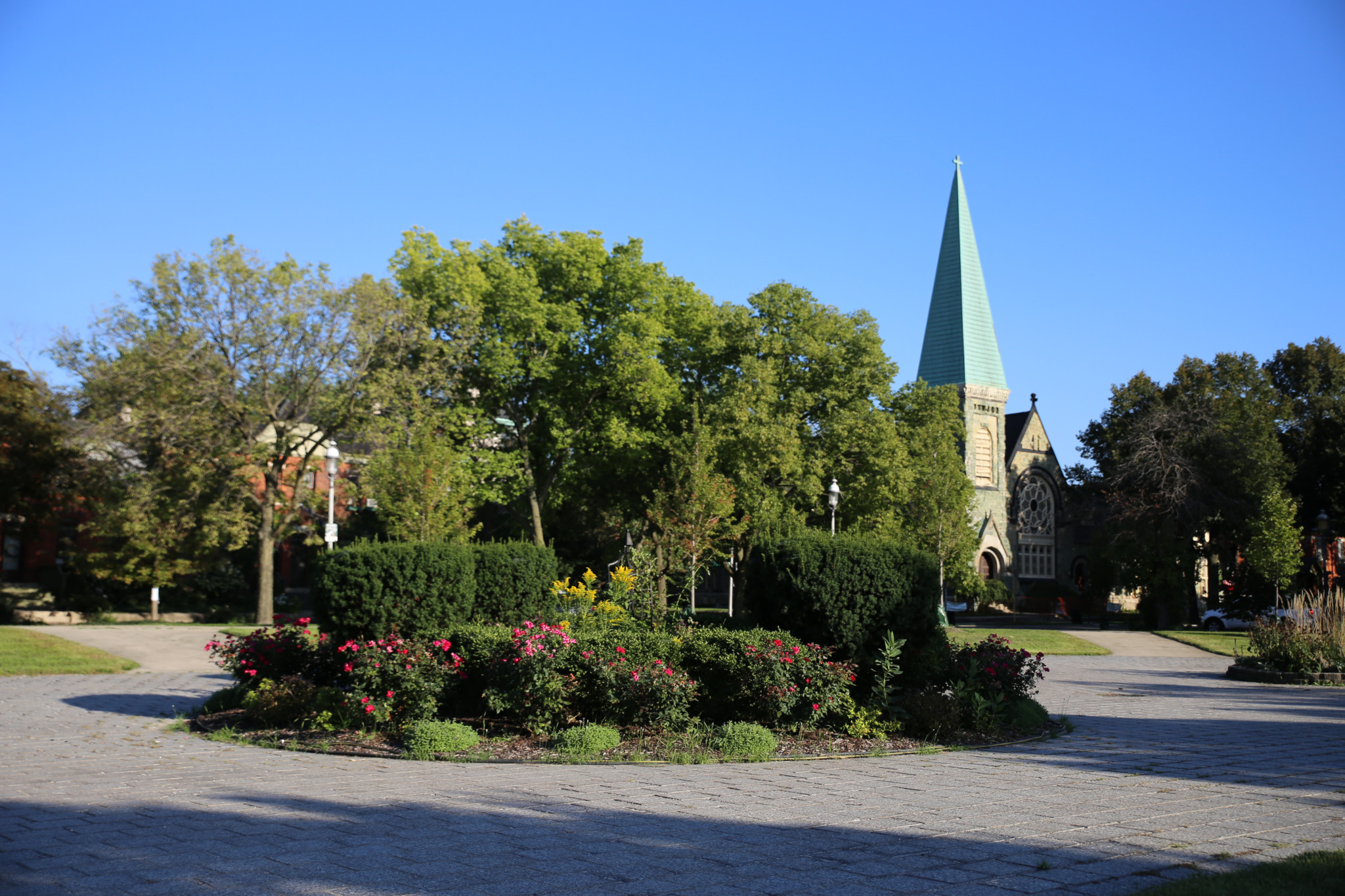
This is such a nice article in that it well encapsalates what it is like to live here. As a devoted resident of 22 years I can attest to the staying power of this neighborhood and there are residents who have lived here much longer. As a beacon if both preservation and progress Pullman will prevail
I was raised in Pullman from the time I was 5 till I was 30. Graduated from Pullman Grammar, Fenger High & worked for the ICRR. I took a group of our 50 yr. high school reunion grads thru the area & they really enjoyed the visit. It’s a shame Roseland & Michigan ave looked so bad but Pullman was still cool. We wanted to eat lunch at the Florence Hotel but it was closed for renovation.
Sure do like the best of Pullman letter.